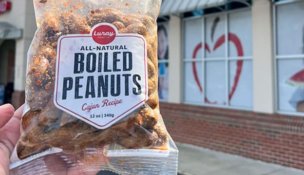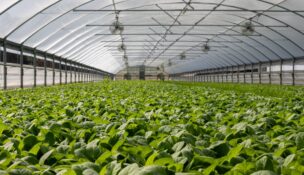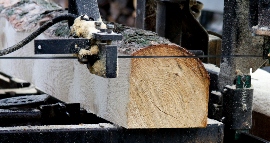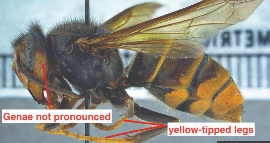Federal grant to help teach residents about birds and bees
Staff Report //August 3, 2020//
A federal grant worth nearly $30,000 will help rehabilitate, maintain and expand a pollinator conservation initiative in southeast Richland County.
“BEE-friend Local Pollinators,” a garden demonstration area at Pinewood Lake Park, will receive a $29,287 Urban Agriculture Conservation grant to help fund an online video series beginning this week. The videos will highlight the role of animals such as bees, butterflies, birds and bats in new plant growth by distributing pollen.
The area, closed to public because of COVID-19 health concerns, is being used by the Richland Soil and Water Conservation District to provide technical assistance with pollinator conservation to educators, small farmers, and home and community gardeners, according to a news release from Richland County.
The videos, which begin Wednesday as part of the county’s new Engage Richland “Watch and Learn” series, will feature virtual garden tours and webinars. They are available on the county’s YouTube page at https://www.youtube.com/user/richlandonline/videos.
“Pollinators are facing many challenges, including habitat loss,” Kenny Mullis, chairman of the county’s soil and water conservation district, said in the release. “We hope our work can help educate the community about the importance of pollinators and showcase things we can do in our own home and community gardens to support pollinator health.”
The demonstration area, which includes 12 raised garden beds, is managed by the Richland County Conservation Commission. Some beds will be planted with annual vegetables and small fruits that depend on pollinators for survival, while others will serve as pollinator habitats.
Richland County’s conservation district was one of 21 throughout the country to receive grants through a partnership with the National Association of Conservation Districts and the U.S. Department of Agriculture’s Natural Resources Conservation Service.
o
















